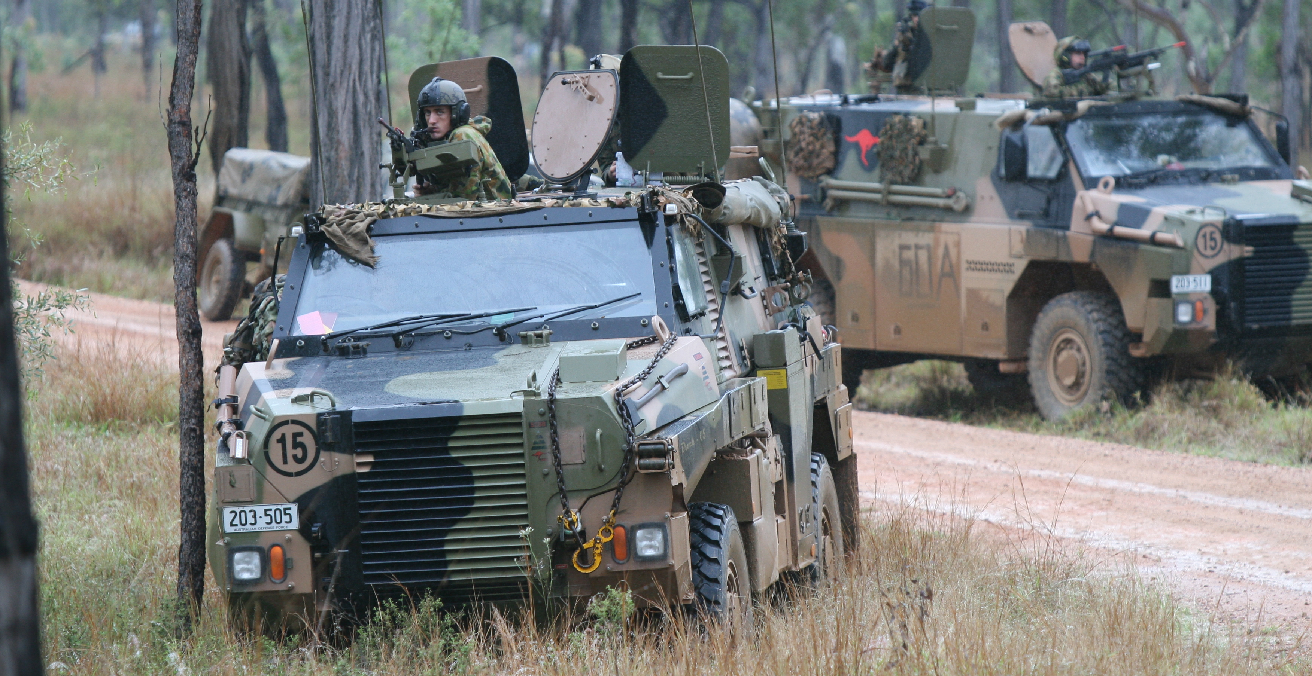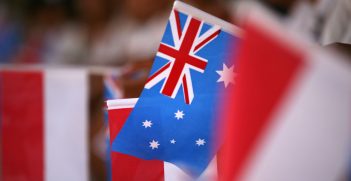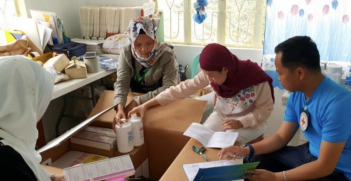Tyranny of Distance? Proximity of Opportunity?

Australia has spent the last 30 years deploying troops to the Middle East, while also overstretching its military by deploying troops within its own neighbourhood. Where to now for the Australian Defence Force?
Despite Australia’s involvement in Iraq and Afghanistan while fighting the Global War on Terror (GWOT), if one was to look at every defence and foreign policy White Paper of the last 30 years, the region of the world the war is fought in does not rate much of a mention. What does rate a mention is the emergence of an evolving international order centred on the Asia-Pacific (and more recently, the Indo-Pacific), and the strategic importance of that region to Australia. Yet despite three decades of governments telling themselves the region Australia inhabits is important, the reality on the ground is different.
Since 1990, Australia has been deploying tens of thousands of Australian Defence Force (ADF) soldiers to the other side of the world in war-like environments, spilling blood and treasure while fighting the GWOT in Iraq and Afghanistan in service of the national interest. This illustrated a continuation of Australia’s role as a “dependent ally,” the traditional bedrock of Australia’s security policy that has existed since Federation. And it is a role that has seen Australian soldiers involved most notably in the Boer War, WWI, WWII, Korea, and Vietnam.
In the same time period, Australia has also been deploying thousands of ADF soldiers closer to home, this time as peacekeepers, to places including Bougainville, Timor-Leste, and the Solomon Islands in service of the national interest. Australian military participation in this part of the world is also a continuation of tradition, with Australian troops involved in WWI, WWII, Konfrontasi, and the Malayan Emergency.
And all this with an active military of around 60,000, a number numerically inferior to many regional neighbours, and one that is not even in the top 60 in the world. The two environments Australia has been simultaneously involved in are very different. They are obviously physically different, in that the deserts of Iraq are different to the tropical Solomon Islands. As well, warfighting is, by nature, different to peacekeeping, and the two roles require very different skillsets, training, equipment, and mentalities.
The deployments to the Middle East get the larger slice of the pie in terms of priority, attention, resources, and humanpower. In the decade following 9/11, the Australian government spent $8.5 billion deploying Australian troops to Iraq and Afghanistan. In comparison, it spent $600 million on the military in the Solomon Islands from 2003-2013, and $1.4 billion in the early phase of East Timor between September 1999-June 2001, prior to the commencement of the GWOT.
The United States has begun extracting itself from Iraq and Afghanistan, meaning Australia has also done the same. Having adjusted from being stretched to breaking point, the ADF now only deploys around 1500 personnel on various operations, including several operations under UN auspices. The image of thousands of super fit, eager, trained, and disciplined soldiers sitting idle in barracks twiddling their thumbs were evoked during the 2020 bushfires and COVID-19 crisis, leading to calls for the ADF to take a greater role in natural disaster responses. Calls in the past for the ADF to participate in domestic policing responsibilities have led to the military being granted extended powers on Australian soil.
With the wind down of the GWOT, the government released the 2020 Defence Strategic Update in July last year. The update seeks to recalibrate the role of the ADF in serving the national interest in the near future, and takes the rise of China and potential for great power conflict into consideration. It links in with the government’s Pacific Step-Up, stating that “Australia must be an active and assertive advocate for stability, security and sovereignty in our immediate region.” While the update prioritises Australia’s immediate region, it also states the ADF must be able to deploy forces globally, including in US-led coalitions (when it decides to pick up its tempo once more). And it confirms that Defence’s capacity to support the domestic civil authorities will be enhanced. The update also states that “international engagement will continue to be a core Defence activity.” This last point continues Defence’s encroachment on the Department of Foreign Affairs and Trade’s (DFAT) turf, and entrenches DFAT’s continued atrophy.
With all these competing (and conflicting) priorities, it is impossible to allocate sufficient resources and humanpower for all of them, and the government has kept mum on the order of precedence. But if recent history is anything to go by, the government will prioritise Australia’s neighbourhood, until its global commitments to the US pick up again, in which the White Paper priorities of the immediate region will be ignored once again. The ADF will continue to adapt and evolve to be what the government wants it to be. However, the government needs to be aware that the ADF cannot be all things to all people, otherwise it will end up being nothing to anybody.
Stjepan Bosnjak holds a Master of Arts (Research) from Victoria University.
This article is published under a Creative Commons Licence and may be republished with attribution.





